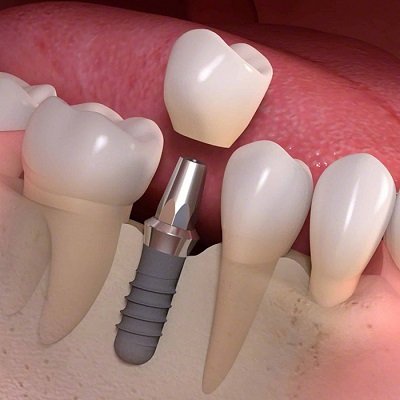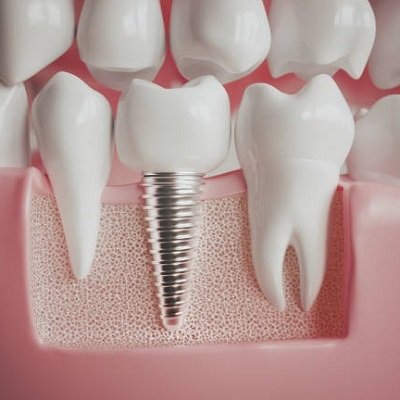Restoring your smile through dental implants could be a very challenging task, particularly when it comes to selecting the appropriate type. But with the many options in the market, how can you pick the right one? What about the safety and effectiveness of the procedure?
If these concerns hit your mind, you are not alone. Other individuals like you also come across such issues when they consider implants. But there is no need to get bothered anymore. We give you a detailed note on Three Main Types of Dental Implants, and Which One is Best For You.
More Detail on Dental Implants:
A dental implant is a small metal screw that is put into the jaw bone by a dentist, in place of a tooth that is missing. It acts like the root of an original tooth and provides a ground for the synthetic tooth to be placed in the gap. This modern technique is very famous worldwide and is the best, cost-effective option for the restoration of missing teeth.
3 Types of Dental Implants:
Endosteal:
This is the most preferable and most widely used where small metal posts are surgically placed into the jawbone. After the area is cured, a synthetic tooth is put above it.
Advantages:
- Firm and Tough.
- Realistic Appearance.
- Long Enduring.
Subperiosteal:
They are used when the bone is not enough to hold a regular implant. These are placed under the gum and on top of the jaw bone. Synthetic teeth can get support from them.
Advantages:
- Less Invasive.
- Fast Healing.
- Alternative for Bone Loss.
Zygomatic:
They are attached to the cheekbone (zygoma) when normal surgery is not possible. Therefore, they are usually less common.
Advantages:
- Appropriate if bone loss is too much.
- Quick use.
- Less surgery is needed.
Which One is Best For You?
It depends on your needs and bone health which one of the above suits you:
Endosteal: is typically preferred to be the best choice as it provides a strong and enduring base for the synthetic tooth. But, for this, you need to have enough bone support.
Subperiosteal: This can be considered when the normal procedure can not be done due to lack of bone or other reasons.
Zygomatic: can be the ideal choice for the ones who have too much bone shortage, giving them an alternative support mechanism when traditional procedures fail to work well.
Hence, your oral health professional will determine the most appropriate implant according to your needs and goals.
Need Your Smile Back?
Find Your Perfect Smile at Enfield Royal Clinic in Dubai today– our specialists will assist you in identifying the right dental implant for you. Fill out the form below for a free consultation and start enjoying a stronger smile.





